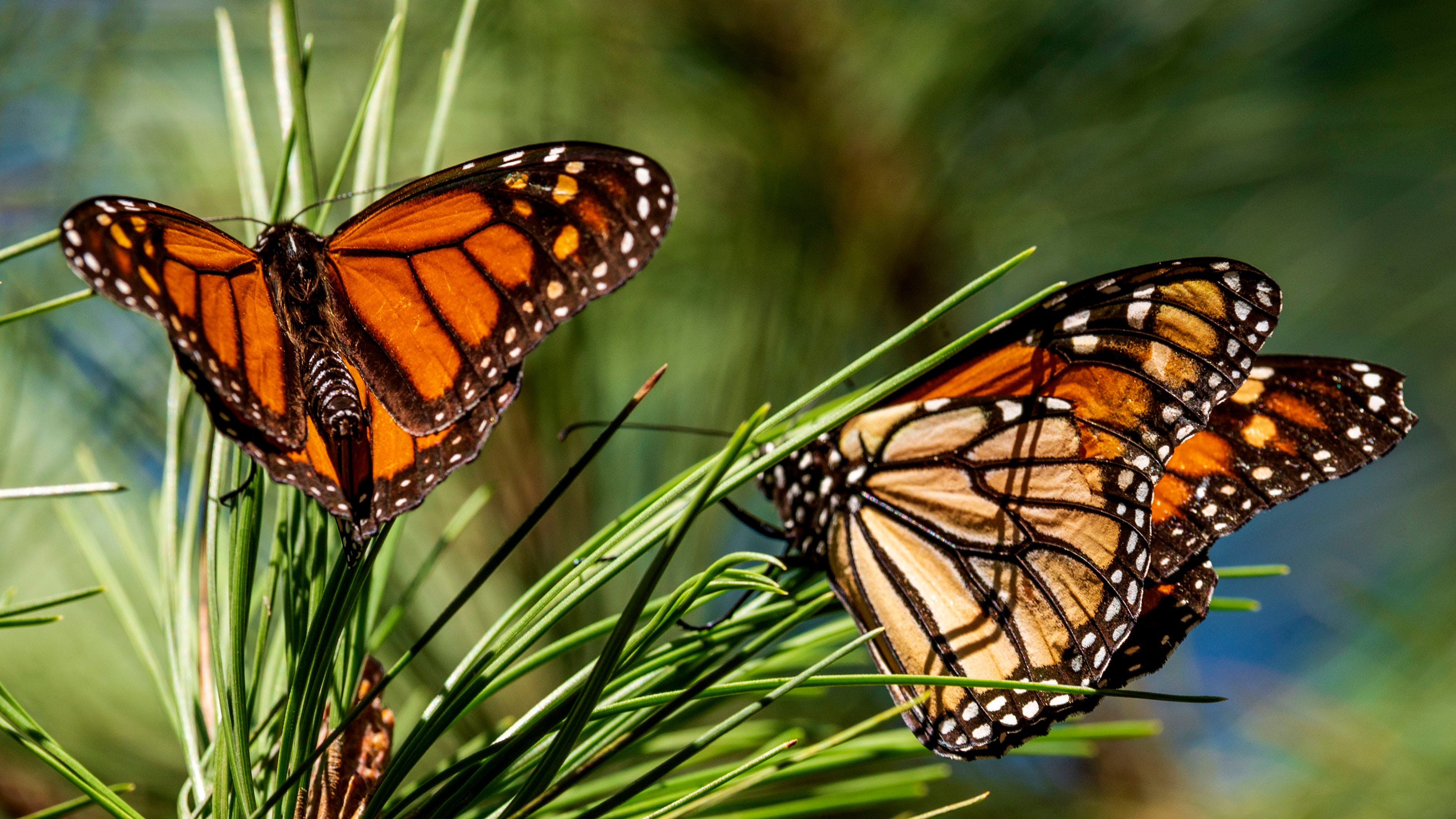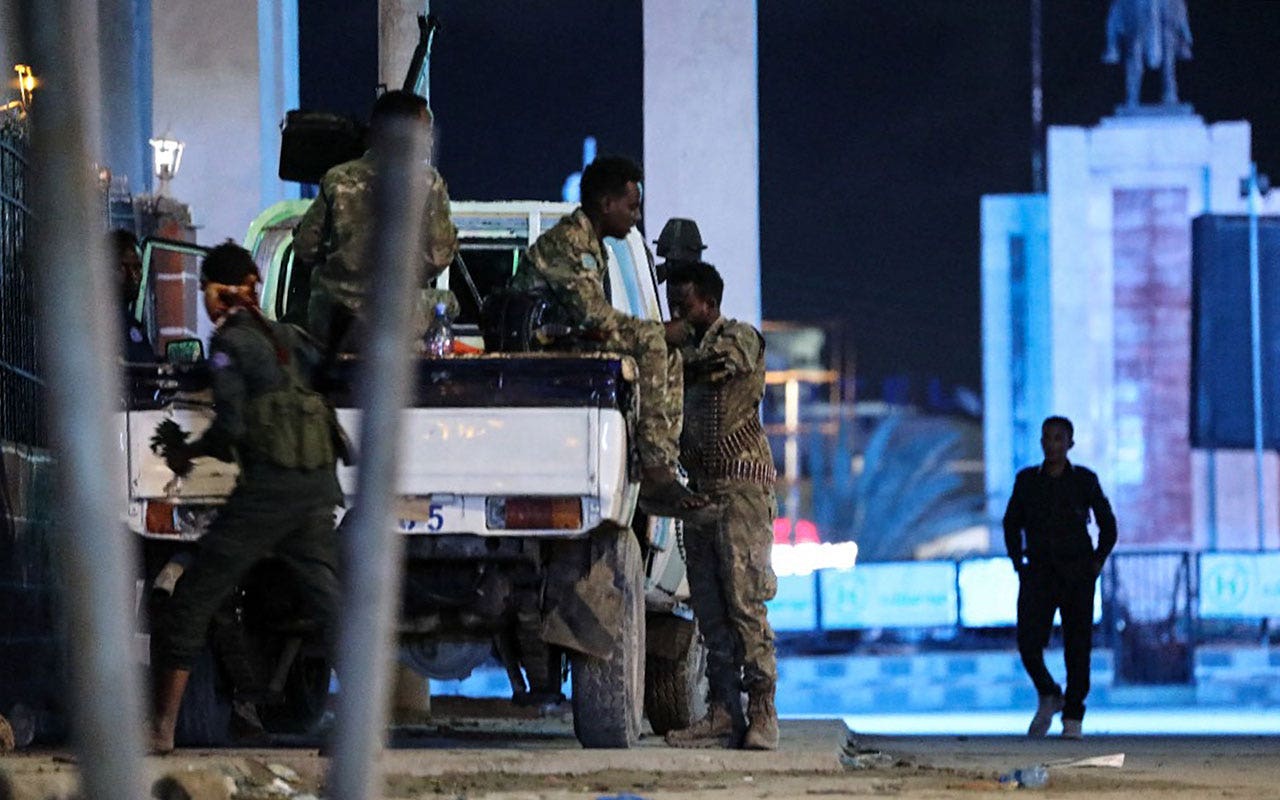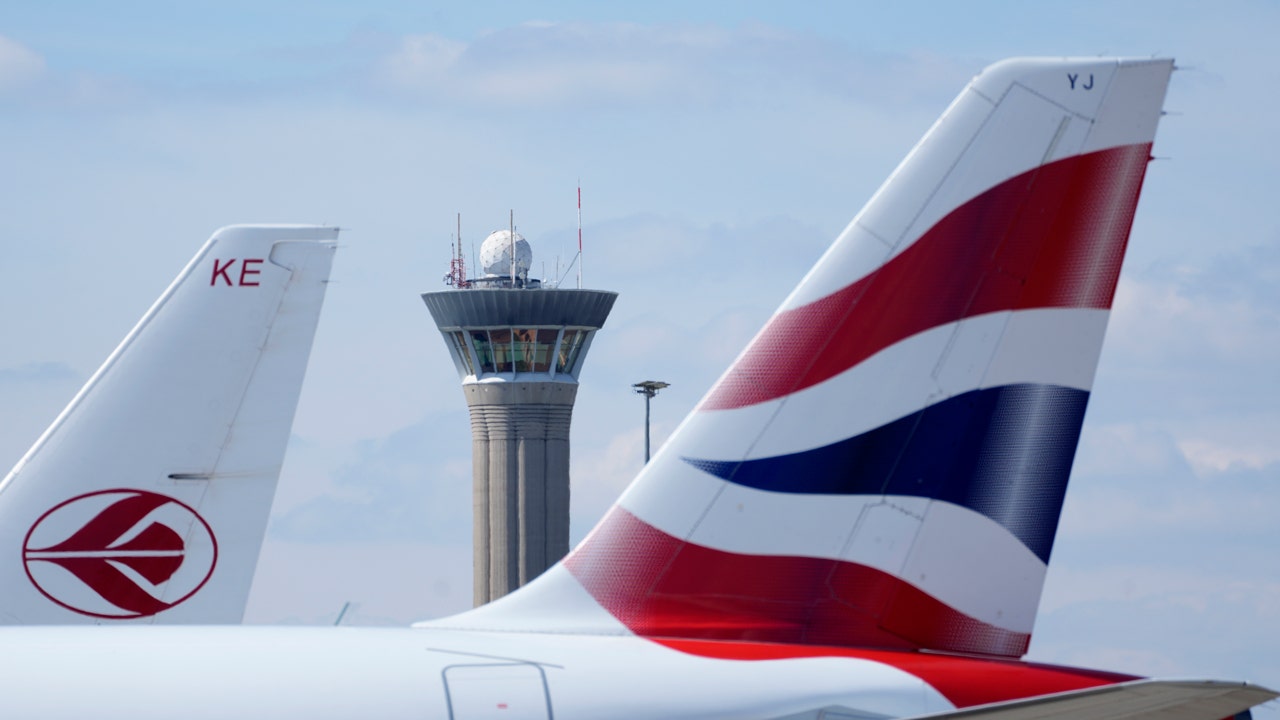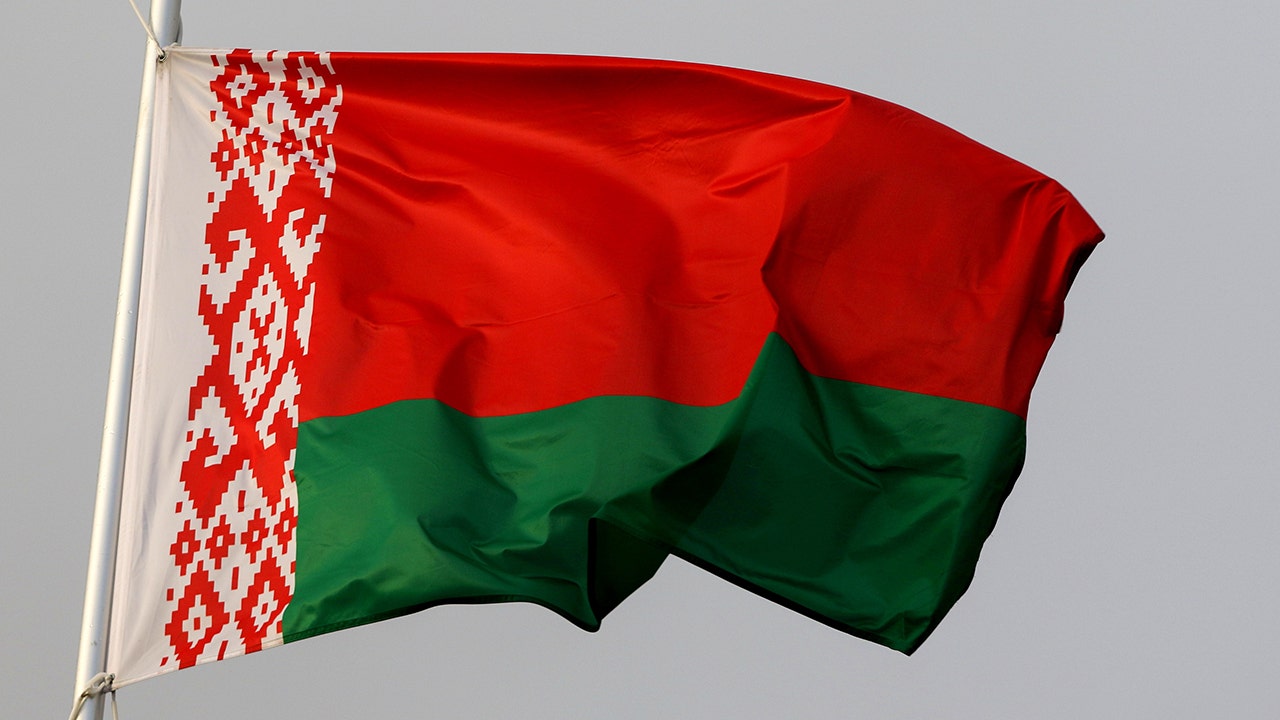The number of monarch butterflies at their wintering areas in Mexico dropped by 59% this year to the second lowest level since record keeping began, experts said Wednesday, blaming heat, drought and loss of habitat.
The butterflies’ migration from Canada and the United States to Mexico and back again is considered a marvel of nature. No single butterfly lives to complete the entire journey.
The annual butterfly count doesn’t calculate the individual number of butterflies, but rather the number of acres they cover when they clump together on tree branches in the mountain pine and fir forests west of Mexico City. Monarchs from east of the Rocky Mountains in the United States and Canada overwinter there.
RARE ‘SIMULTANEOUS EXPLOSION’ OF CICADAS EXPECTED FOR FIRST TIME IN 221 YEARS
Mexico’s Commission for National Protected Areas said the butterflies covered an area equivalent to 2.2 acres, down from 5.4 acres last year.
The lowest level was in 2013 at 1.65 acres.
Experts said heat and drought appeared to be the main culprits in this year’s drought.
“It has a lot to do with climate change,” said Gloria Tavera, the commission’s conservation director.
Experts noted there were almost no butterflies at some traditional wintering grounds, because the monarchs appeared to have moved to higher, cooler mountain tops nearby. About two-thirds of the butterflies counted this year were found outside the traditional reserves.
“The monarchs looked for other sites … they are looking for lower temperatures,” Tavera said. Because some of the newer wintering sites aren’t included in the population count, there may have been more monarchs this year than the numbers suggest.
But the number of a smaller population, the western monarch butterflies that overwinter in California, has dropped, too.
Ryan Drum, a biologist with the U.S Fish and Wildlife Service, said “these low numbers we see here are a challenge for all of us.” He said the new data would be taken into account when U.S. experts make their recommendation on whether to list the migratory monarchs as endangered or threatened species. A decision on that recommendation is due in October.
The butterflies themselves aren’t at risk of disappearing, but the monarchs’ migration is. It’s the longest migration of any insect species known to science.
After wintering in Mexico, the butterflies fly north, breeding multiple generations along the way for thousands of miles. The offspring that reach southern Canada begin the trip back to Mexico at the end of summer.
Drought, severe weather and loss of habitat north of the border — especially of the milkweed where the monarchs lay their eggs — as well as pesticide and herbicide use all pose threats to the species’ migration. Illegal logging and loss of tree cover because of disease, drought and storms plague the reserves in Mexico.
Gregory Mitchell, a researcher for Environment and Climate Change Canada, called the decline “very sobering,” but noted that “we have the drive, we have the tools, we have the people” to address humans’ impact on the monarch migration.
Mitchell said that this year there were “very few monarchs up in Canada,” adding that “it really does seem driven by climate this year.”
Humberto Peña, the head of Mexico’s protected areas, proposed creating a “safe corridor” for migrating butterflies with reduced herbicide and pesticide use and stricter measures against deforestation.
There was some good news.
Deforestation in the Mexican forests where the butterflies spend the winter fell this year to about 10 acres. Almost all was lost to illegal logging.
That was a large reduction from last year, when 145 acres of forest cover was lost.
Illegal logging has been a major threat, because the butterflies gather in clumps on the trees to keep warm.
Read the full article here












